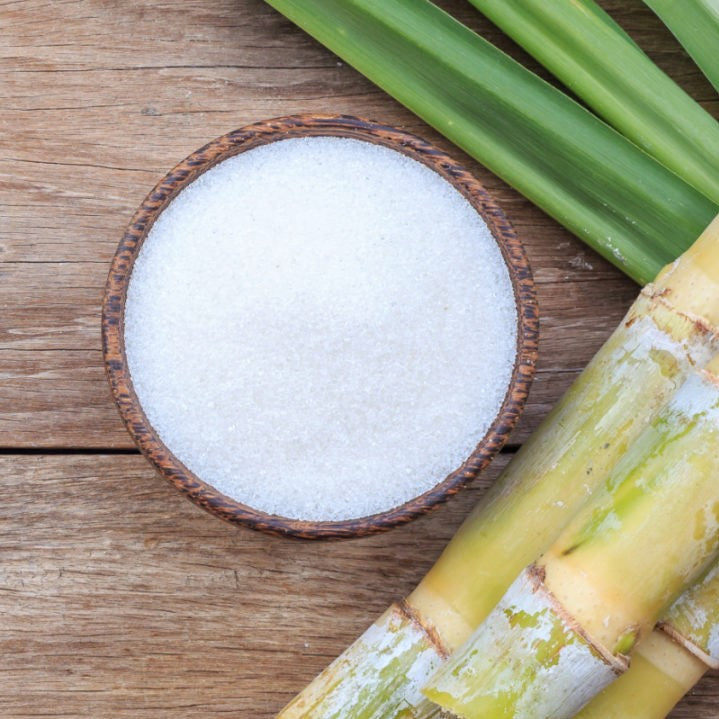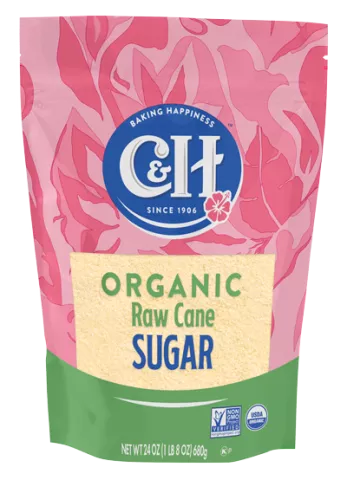The Science Behind Cane Sugar Processing: Exactly How Sweetness is Fine-tuned
Checking Out the Comprehensive Tips Associated With Walking Stick Sugar Processing From Gathering to Refinement
The process of walking stick sugar manufacturing encompasses a collection of detailed steps, beginning with the mindful harvesting of sugarcane and culminating in the refinement stages that make certain the end product fulfills market requirements. Each phase, from the extraction of juice to the purification and crystallization procedures, plays an important duty in establishing the top quality and character of the sugar. Comprehending these stages not just highlights the complexity of sugar production yet additionally increases vital questions regarding performance, sustainability, and technology in the industry. What ramifications do these variables have for future methods?
Gathering Sugarcane
Collecting sugarcane is a vital step in the walking cane sugar handling chain, as it straight influences the quality and yield of the last item. Correct timing and methods are important throughout this phase to ensure optimal sugar content and minimize losses. Normally, sugarcane is collected when it reaches maturity, typically 12 to 18 months after planting, characterized by a high sucrose concentration.

Post-harvest, the sugarcane should be processed quickly to stop sucrose destruction. Ideally, gathered cane should be moved to refining facilities within 24 hr to preserve sugar quality. For that reason, effective logistical planning is essential to maintain the honesty of the collected plant throughout the supply chain.
Removal Refine

The crushed walking stick goes through a series of pressing operations to take full advantage of juice healing. Normally, warm water is sprayed onto the crushed walking cane, producing a countercurrent flow that helps liquify the sugar while additionally helping in the extraction process. The juice accumulated from this procedure consists of not just sugar however also various natural substances and contaminations.

To improve removal efficiency, some centers may utilize diffusion techniques, where the sugarcane is soaked in hot water, enabling the soluble sugars to diffuse right into the fluid. The resulting juice, rich in sucrose, is then guided to subsequent processing phases, laying the structure for filtration and improvement. The removal procedure is therefore crucial in identifying the quality and yield of the last sugar item.
Filtration Techniques
The purification techniques used in cane sugar handling are essential for changing the raw juice right into a high-grade sugar item. These techniques mostly intend to eliminate pollutants, such as soil, plant materials, and not natural materials, which can detrimentally impact the end product's flavor and shade.
Among the most typical purification techniques is clarification. This process involves adding lime and heat to the raw juice, which helps with the coagulation of pollutants. The resulting precipitate is then removed through sedimentation or filtration, yielding a clearer juice. In addition, making use of phosphoric acid can improve the information procedure by more binding contaminations.
Another significant strategy is carbonatation, where carbon dioxide is introduced to the clarified juice. This response generates calcium carbonate, which catches staying impurities and advertises their elimination.
Moreover, activated carbon treatment might be put on adsorb any type of remaining colorants and natural impurities, ensuring an extra refined product. The mix of these methods efficiently prepares the sugar juice for subsequent action in the refining process, establishing the phase for the production of top quality walking cane sugar.
Condensation Approaches
After the purification stage, the next essential step in walking stick sugar handling includes formation techniques, which play a critical function in changing the made clear juice into strong sugar. This procedure usually uses two main approaches: spontaneous formation and controlled condensation.
In spontaneous crystallization, supersaturated sugar services are enabled to cool down normally, leading to the formation of sugar crystals over time. This method allows for the uniform growth of sugar crystals and higher purity.
Throughout crystallization, the made clear juice is concentrated via dissipation, enhancing its sugar content until it gets to supersaturation. As soon as this point is achieved, either method can promote the formation process. Cane Sugar Processing. The resultant sugar crystals are then divided from the continuing to be syrup with centrifugation
Ultimately, the choice of formation technique affects the high quality, size, and pureness of the last sugar item, making this step essential in the general walking cane sugar handling treatment.
Improvement and Packaging
How can the pureness and high quality of walking stick sugar be further enhanced after condensation? The refinement process plays an important role in attaining premium cane sugar. Adhering to condensation, sugar undertakes a thorough cleaning to remove contaminations and residual molasses. This is generally completed utilizing cozy water or heavy steam, which helps liquify basics and extract undesirable elements while protecting the sugar crystals.
Following, the sugar is subjected to a procedure called centrifugation, where it is spun at you can try here broadband to separate the cleansed sugar crystals from the remaining liquid. After centrifugation, the sugar is commonly additional improved via a technique called carbonization or phosphatation, which makes use of turned on carbon or phosphoric acid to get rid of color and off-flavors.
When improved, the sugar is dried out to achieve the wanted dampness web content, making certain that it remains steady throughout storage and transportation. The final action includes packaging the refined sugar in moisture-proof and impermeable containers to maintain its quality and stop contamination. Cane Sugar Processing. Proper packaging not only extends life span however likewise promotes easy handling and distribution, guaranteeing that consumers get sugar that satisfies the highest possible standards of purity and quality
Final Thought
The thorough actions associated with walking stick sugar processing, from the careful harvesting of sugarcane to the detailed improvement and packaging stages, highlight the importance of each phase in making certain top quality sugar manufacturing. Optimum harvesting methods, reliable removal techniques, and rigorous purification processes jointly add to the end product's pureness and security. The formation and succeeding product packaging techniques further enhance the integrity and rack life of the sugar, highlighting the intricacy and accuracy intrinsic in this important agricultural industry.
The procedure of walking cane sugar production encompasses a collection of complex steps, starting with the mindful harvesting of sugarcane and culminating in the refinement phases that make certain the last product meets industry criteria. Ideally, look at these guys gathered cane needs to be transferred to processing facilities within 24 hours to maintain sugar top quality.In spontaneous condensation, supersaturated sugar solutions are allowed to cool down naturally, leading to the formation of sugar crystals over time - Cane Sugar Processing. The refinement process plays a vital function in accomplishing top notch walking cane sugar.The extensive actions included in walking cane sugar processing, from the meticulous harvesting of sugarcane to the detailed refinement and product packaging stages, emphasize the value of each phase in making sure top quality sugar manufacturing